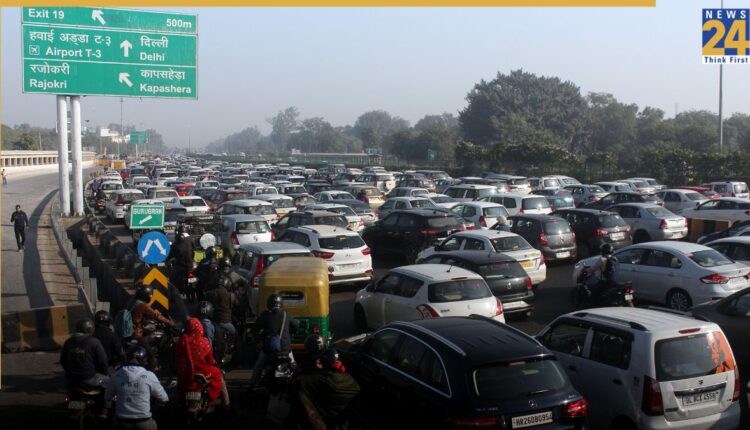AIIMS-Gurugram travel to get faster with NHAI’s new elevated corridor project via Mahipalpur; Details Inside News24 –
In a significant move, to ease daily commuting between Delhi and Gurugram, the National Highways Authority of India (NHAI) has initiated work on an expressway connecting AIIMS to Gurugram via Mahipalpur. Paperwork has begun on a 20-km direct elevated corridor, connecting AIIMS to the Mahipalpur bypass and the Gurugram-Faridabad Road.
AIIMS-Gurugram travel to get faster
Aimed at enhancing connectivity between Delhi and Gurugram, the project promises faster and smoother travel. According to reports, work on the Detailed Project Report (DPR) is already underway. The report will assess feasibility and outline which sections of the expressway will be underground and which will be elevated. The Ministry of Road Transport & Highways (MoRTH) has floated tenders to prepare a DPR, reported News 18. The deadline for bid submission is October 15, 2025.
About the project
The 20 km-long stretch is likely to cost around Rs 5,000 crore. However, the final cost will be estimated after the project report is completed. The project aims to ease the travel experience of passengers by reducing the distance and travel time between Delhi and Gurugram. Currently, it takes almost one and a half hours to travel from AIIMS to Sirhaul border in Gurugram, especially during peak hours.
Once completed and operational, the expressway will reduce travel time to the Gurugram-Faridabad Road to just 20–25 minutes. Moreover, the stretch will help ease traffic congestion on the Delhi-Gurugram Expressway from Sirhaul Border to Mahipalpur. The decongestion plan mentions that this elevated corridor will start from AIIMS/INA to Nadira Marg connecting the Mehrauli-Gurgaon Road and Gurgaon-Faridabad road and run parallel to the existing Delhi Gurgaon highway.
This expressway will help in diverting traffic from Gurugram to Ghaziabad, Noida, and Greater Noida via NH-48. This way it will decongest NH-48, MG Road and both inner and outer ring roads by providing a direct signal free route. Each of the underground and elevated sections of the expressway will consist of six lanes.

